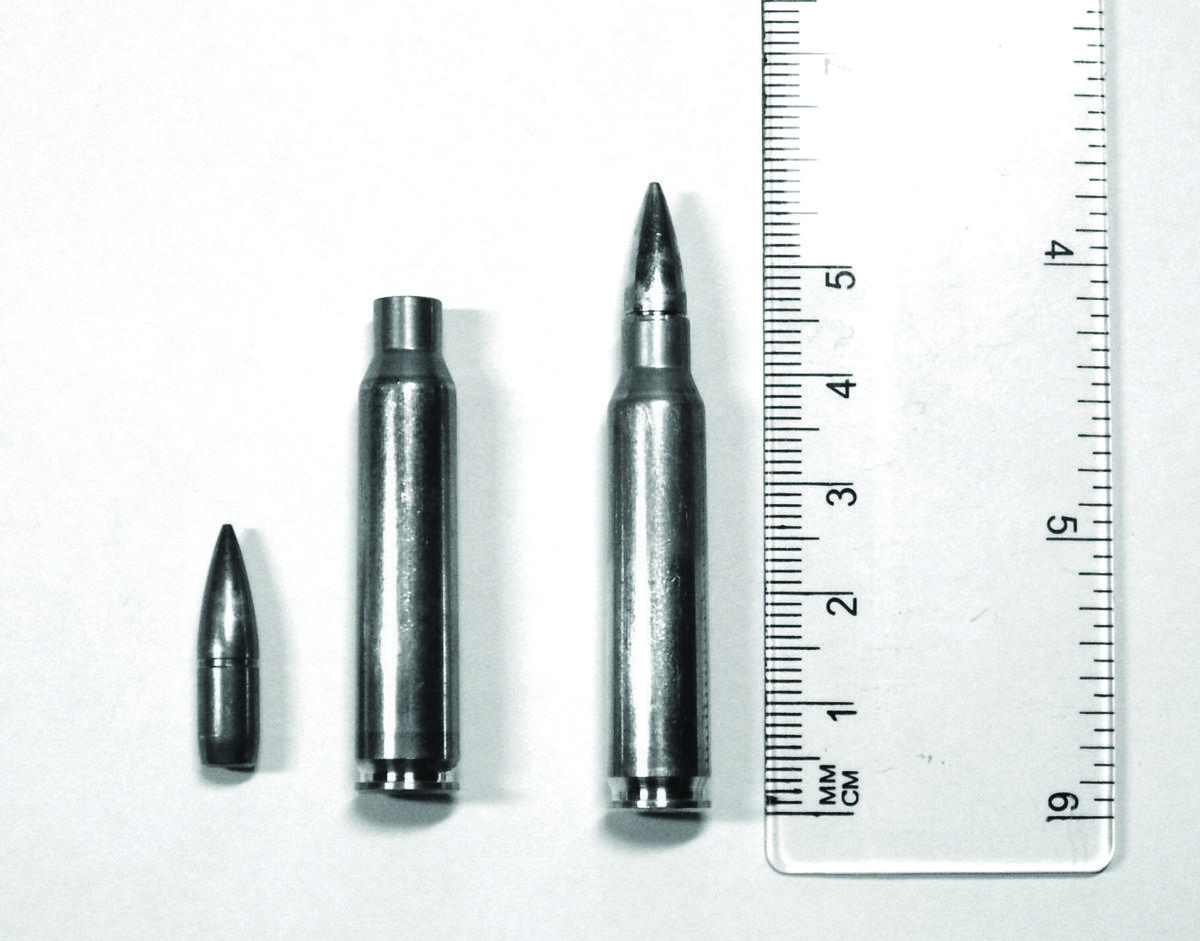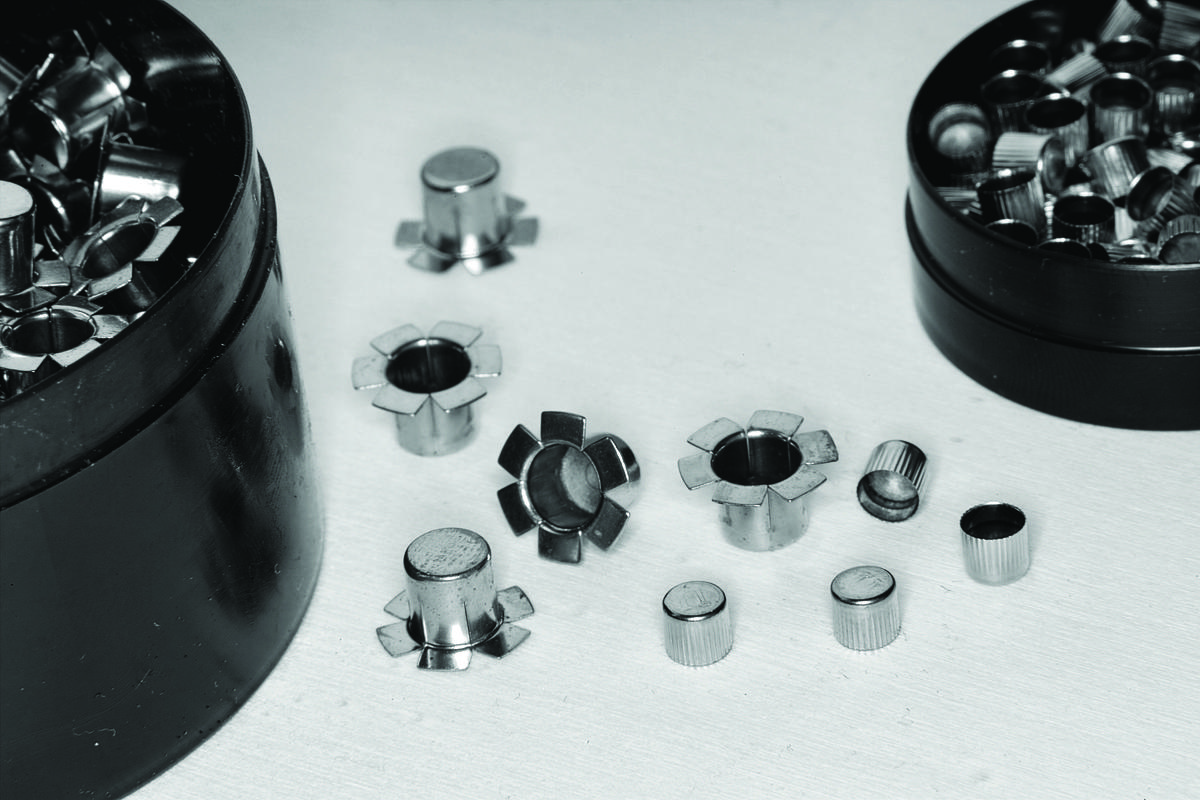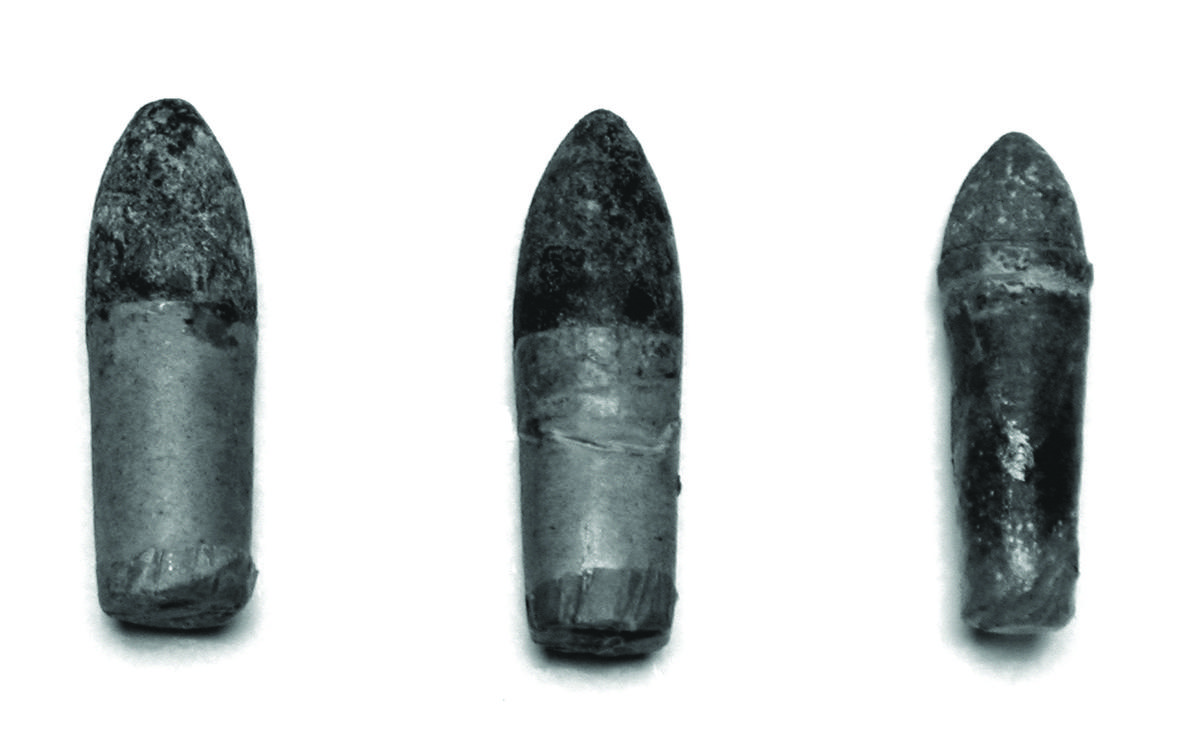Last month, we took a look at how firearms developed from what was essentially a pot with gunpowder in it, to the more refined, but still relatively primitive matchlock and wheellock weapons we start to identify as the firearms we know today.
The flintlock was a reasonably sound design, and served quite well in its day. Still it was far from perfect. Flints wore out, sometimes failed to ignite the priming charge, or could come off right when you needed them. The next development that pushed firearms forward was the creation of the percussion cap. Where matchlock, wheellock, and flintlock weapons introduced a spark or ember directly to powder somewhere behind the bullet, the percussion cap is a step forward in that it no longer requires a live spark to be introduced into a touchhole or pan. Instead, the caplock has a small brass cup with a measure of fulminate—some compound that is highly reactive to friction or shock. This cap would be placed on a nipple by the breach of the weapon. The nipple led to the powder charge inside the barrel, so when the cap was struck by the hammer, the small explosion would make its way to the main charge, igniting it, and sending the projectile out the barrel in a hurry. This removed the necessity of having an exposed charge of powder that could spill, get wet, or catch a spark, though you would have to remove old caps and replace them with new ones each time you wanted to fire. Still, it was reliable, kept the powder from getting blown away, spilled, and dry, and became the new standard for firearms. Converting the older Flintlocks was also a simple affair as it had all the parts you needed, and with a quick installation of a nipple and a quick change to the hammer, you’d be all set.


Apart from the firing system in place, the barrel also saw some changes. In the 19th century, a few decades off from the development of the percussion cap, rifling had also started to be used in firearms. Before this point, firearms had a smooth bore, and were little more than hollow tubes to contain and direct the explosion of gunpowder and travel of the projectile. Rifling changed things dramatically. Imparting a spin on the projectile means it is much more stable in flight, allowing it to travel more predictably, and accurately. Compared to the smoothbore weapons of its day, the difference could spell shooting an apple off your assistant’s head or having to hire a new assistant.
Imparting a spin to a projectile was something that archers of yore were already aware of, but the tooling and mechanical precision required to make this happen for firearms wasn’t easily achievable until manufacturers had earned a little more skill. Once they had managed it though, rifles were quite significantly more accurate than their predecessors. There was still more that was done to improve accuracy.
Until this point, people were mostly firing round shot. Rifling did help rein those in and produce better groups, but since all those weapons had to be loaded at the muzzle, the shot had to fit loosely into the barrel to facilitate the process. Enter the Minie ball, a nice little pointy, ogive projectile more closely resembling something we would call a “bullet” today. The way it works is actually quite clever. The base of the projectile has a detent, as if drill bit were taken to it and material drilled out. This projectile could be rammed into the breech of the weapon as one would a normal ball, but once the explosive charge is detonated, the expanding gasses force a plug in the skirt open, pressing it against the rifling, creating a better seal, and allowing it to engage the grooves firmly. This results in far increased accuracy and bullet velocity over smoothbore weapons firing round shot, and severe damage to those unlucky enough to be on the receiving end.


The next development to push firearm evolution forward was the self-contained cartridge. While whole cartridges were available sort of in the flintlock and percussion cap days, it was more a conveniently packaged kit that could be taken apart and used than a single unit you would load in a weapon. There were some almost whole cartridges in use for revolvers, though these still relied on percussion caps to function. We’ll briefly skip over the development of breech-loading firearms for now, but suffice it to say that developments in engineering finally made these reliable in the 1800s. This breech-loading firearm also made much more sense for the self-contained cartridge in the form we know today.
While patented in 1808, or just about a year after the percussion cap, it wasn’t until the Dreyse needle gun came into the picture that it saw (reasonably) widespread use. This weapon used a whole, self-contained cartridge, with the projectile, powder charge, and priming charge in a single, paper-wrapped unit. The gun had a long, slender needle that would puncture the rear of the cartridge to get to and detonate the primer held therein. Combustion would generally consume all of the paper case, so extraction wasn’t really necessary. However, the fact that the needle went into the case, and detonated the main charge around itself didn’t really help the needle’s longevity, and was one of the main reasons it wasn’t more popular.

Paper, while a reasonable way to go for encasing the cartridge, wasn’t the most effective. Simplifying the loading process was a huge step forward, true, but there’s more to it than just holding the thing together. Metal-cased ammo afforded a few benefits to the system as a whole. Apart from being more durable and resistant to outside conditions, once the main charge detonates, the case expands, creating a solid gas seal, allowing all the expanding gasses to push the round out the muzzle. There are a few more advantages, which we will discuss in the next and hopefully final installment of our look at the evolution of firearms.
Also published in GADGETS MAGAZINE August 2016 issue.
Words by Ren Alcantara
